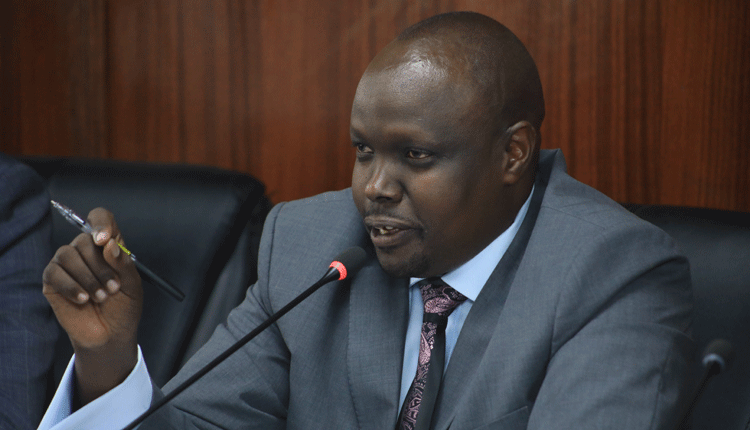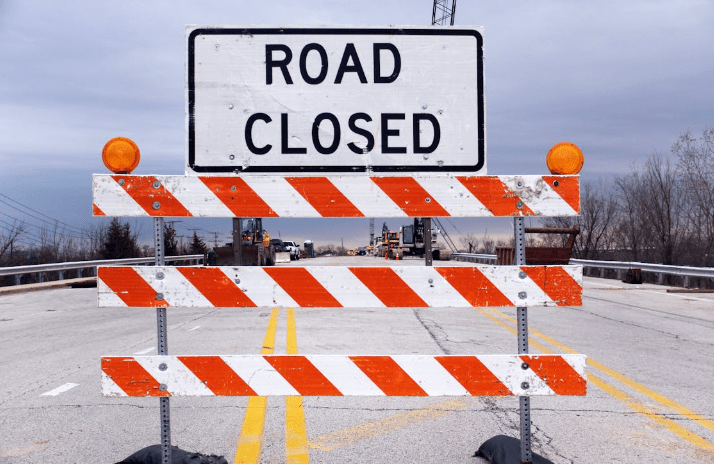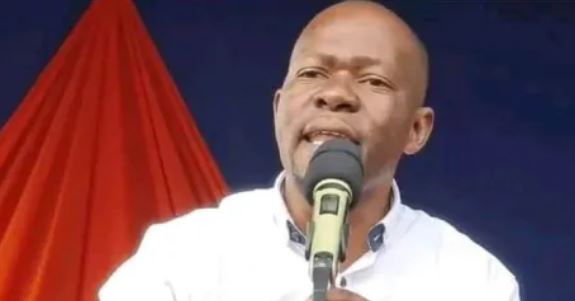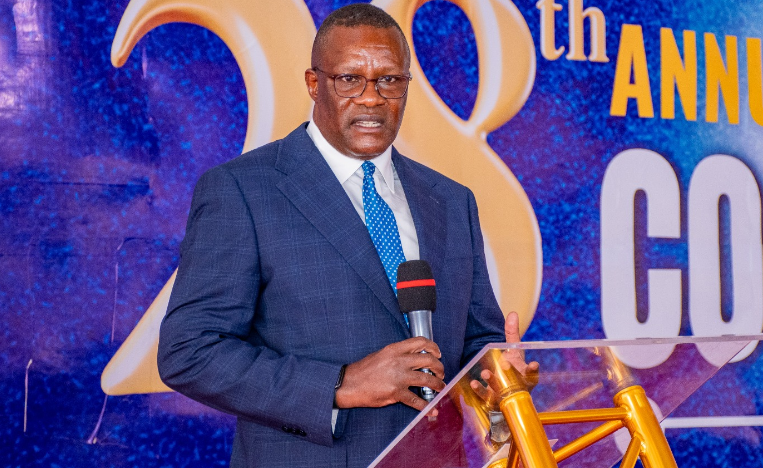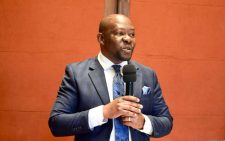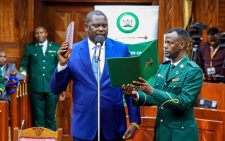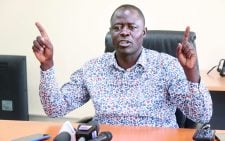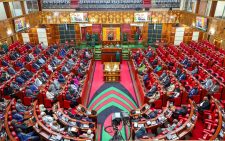Nairobi banks on KURA to manage traffic

Nairobi county government in collaboration with the Kenya Urban Roads Authority (KURA) will expand the use of technology to manage traffic better, including identifying and fining offenders.
A poorly coordinated traffic control system, minimal investment in lighting at city junctions and rogue road users keep thousands of Nairobi residents stuck in traffic snarl-ups every day, losing an estimated Sh50 million daily in missed business opportunities and wasted fuel.
In an effort to sort out the City’s transport mess Governor Johnson Sakaja yesterday hosted KURA Director General Silas Kinoti to discuss ways in which the two organisations can enhance partnership to deliver more and better roads for city residents.
During the meeting, Kinoti briefed the Governor on the various projects KURA is undertaking in the city. Among them is construction of an intelligent transport management command Centre that will be based along Mombasa Road near City Cabanas that is funded by the South Korean Government to a tune of Sh16 billion.
“One of the key pillars of this administration is order and we want to deploy smart technology to ensure order in our transport sector,” Sakaja said. “It makes no sense to have working traffic lights yet the movement of vehicles is still manually controlled.” Road Traffic monitoring involves the collection of data describing the characteristics of vehicles and their movement through road networks.
The new traffic management system will house stakeholders involved in traffic management in the city including engineers, traffic police, cameras, streetlights as well as road management systems.
Under the plan, cameras at road junctions will capture oncoming traffic through digital number plates embedded with microchips and feed the same into the TMC in real-time. Such data may be used for one of these purposes such as law enforcement, congestion and incident detection and increasing road capacity.
Already Huawei, in partnership with the Kura has piloted the Intelligent Transport System (ITS) at several major junctions outside the city centre and established possible challenges that may affect the system.
